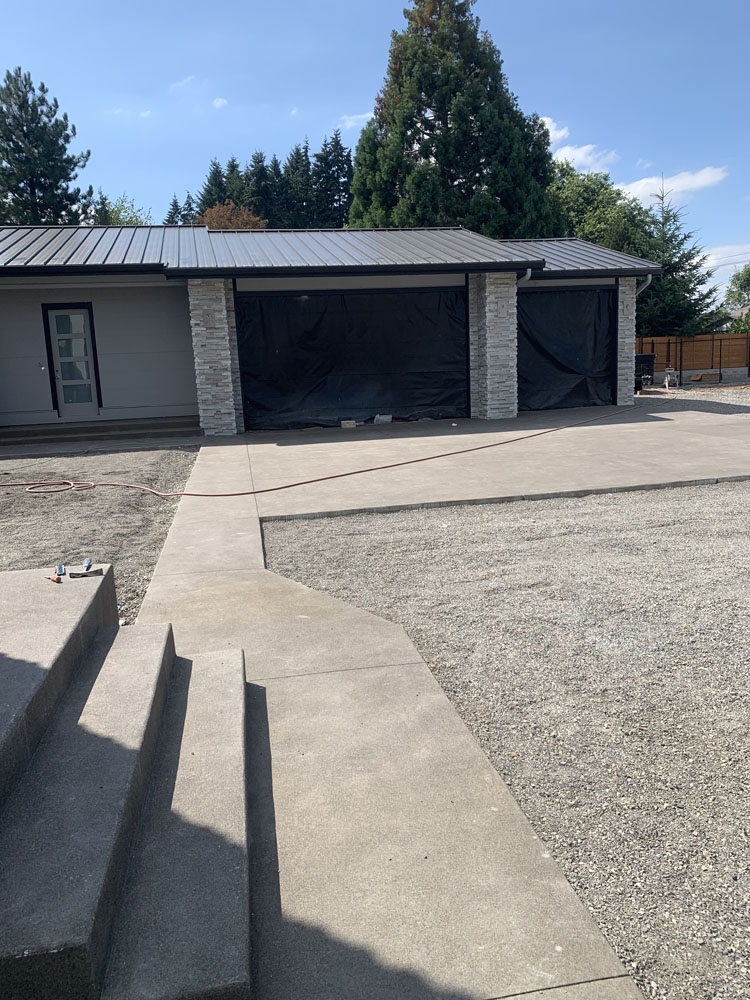Introduction
When it comes to maintaining historic homes, every detail matters. From the intricate moldings to the aged patina Masonry chimney repair of the woodwork, these elements tell a story that deserves preservation. One often-overlooked aspect of home maintenance is the masonry chimney—an architectural feature that has both functional and aesthetic significance. In this article, we will delve into Understanding the Importance of Masonry Chimney Repair for Historic Homes, exploring how essential it is to preserve these structures not only for their historical value but also for safety and efficiency.
Masonry Chimney Repair: An Overview
What is Masonry Chimney Repair?
Masonry chimney repair involves restoring and preserving chimneys made from brick, stone, or block. Over time, these structures can develop cracks, crumbling mortar joints, or even internal damage due to moisture infiltration. Addressing these issues promptly is vital in preventing further deterioration.
Why Do We Need Masonry Chimney Repair?
Many homeowners might wonder why masonry chimney repair is crucial. The answer lies in several key factors:
Safety Concerns: A damaged chimney can pose serious fire hazards. Efficiency: Properly maintained chimneys improve heating efficiency. Historical Preservation: Maintaining historical integrity is vital for heritage homes. Cost Savings: Preventative repairs can save money over time.The Lifespan of a Masonry Chimney
Understanding the lifespan of a masonry chimney helps homeowners plan for repairs and maintenance. Typically, a well-constructed chimney can last anywhere from 50 to 100 years—but neglect can drastically shorten this lifespan.
Common Issues Requiring Masonry Chimney Repair
Cracks in Brick and Mortar
Cracks are one of the most common issues that necessitate masonry chimney repair. They may appear due to weather conditions, thermal expansion, or settling foundations.

Types of Cracks
- Hairline Cracks: Often cosmetic but could indicate underlying issues. Vertical Cracks: Usually signify structural problems needing immediate attention. Horizontal Cracks: Often related to moisture intrusion or improper construction.
Spalling Bricks
Spalling occurs when bricks begin to flake or chip away due to moisture exposure followed by freezing temperatures. This issue requires immediate attention as it can compromise the entire structure.
Leaks and Water Damage
Water infiltration can lead to extensive damage within your chimney system, including mold growth and wood rot. Masonry chimney repair aims to seal these leaks effectively.
The Process of Masonry Chimney Repair
Inspection and Assessment
Before any repairs commence, a thorough inspection should be conducted by professionals experienced in masonry work.
Visual Inspection: Look for signs of wear or damage. Structural Assessment: Evaluate how damage affects the overall integrity. Moisture Testing: Identify areas where water intrusion may occur.Choosing Quality Materials
Using high-quality materials during repairs ensures longevity and effectiveness:
fireplace masonry expert- Mortar Mixes: Should match existing mortar as closely as possible. Sealants: Look for breathable options that won’t trap moisture.
Professional vs DIY Repairs
While some may consider DIY solutions for minor issues, hiring professionals guarantees expertise and adherence to building codes—especially critical for historic properties.
Benefits of Timely Masonry Chimney Repair
Enhancing Safety Measures
Regular maintenance significantly lowers fire risks associated with malfunctioning chimneys by ensuring proper ventilation of gases produced by fireplaces or stoves.
Improving Energy Efficiency
A well-maintained chimney enhances heating efficiency by allowing proper airflow—leading to reduced energy bills during colder months.
Increasing Property Value
Investing in masonry chimney repair reflects positively on property values—especially important when considering future resale opportunities.
Understanding Local Regulations
Building Codes and Permits
Homeowners must familiarize themselves with local building codes governing masonry work on historic homes before proceeding with repairs.
Historical Preservation Guidelines
Adhering to guidelines set forth by local preservation societies is crucial when conducting masonry repairs on historic buildings—ensuring compliance while maintaining character and charm.
Understanding the Importance of Masonry Chimney Repair for Historic Homes
Preserving history goes beyond aesthetics; it’s about honoring our past while providing safe living environments today. The importance of masonry chimney repair cannot be overstated—it serves as a bridge between generations, allowing us to enjoy the comforts modern technology offers without compromising historical integrity.
FAQs About Masonry Chimney Repair
How often should I inspect my masonry chimney?
It's recommended to have your chimney inspected at least once a year, especially if you use your fireplace regularly.
What are signs that my chimney needs repair?
Look out for signs like visible cracks, spalling bricks, water stains inside your home near the fireplace area, or strange odors emanating from your fireplace.
Can I perform masonry repairs myself?
While minor fixes might be manageable for some homeowners with DIY experience, significant repairs should always be handled by professionals familiar with local regulations and historical preservation standards.
What types of materials are best used in masonry repairs?
High-quality brick or stone materials along with compatible mortar mixes are ideal choices; using subpar materials could lead to further damage down the line.
Is it expensive to repair a masonry chimney?
Costs vary based on the extent of damage; however, timely repairs typically prevent more costly issues later on!
li18/ol3/##
Conclusion
In conclusion, understanding the importance of masonry chimney repair for historic homes extends far beyond mere functionality; it intertwines safety concerns with cultural preservation efforts that honor our architectural legacy! By prioritizing these vital repairs—not only do we safeguard our residences against potential hazards—but we also contribute positively towards sustaining history itself! So take action today—get those bricks checked; keep your home safe & chic!